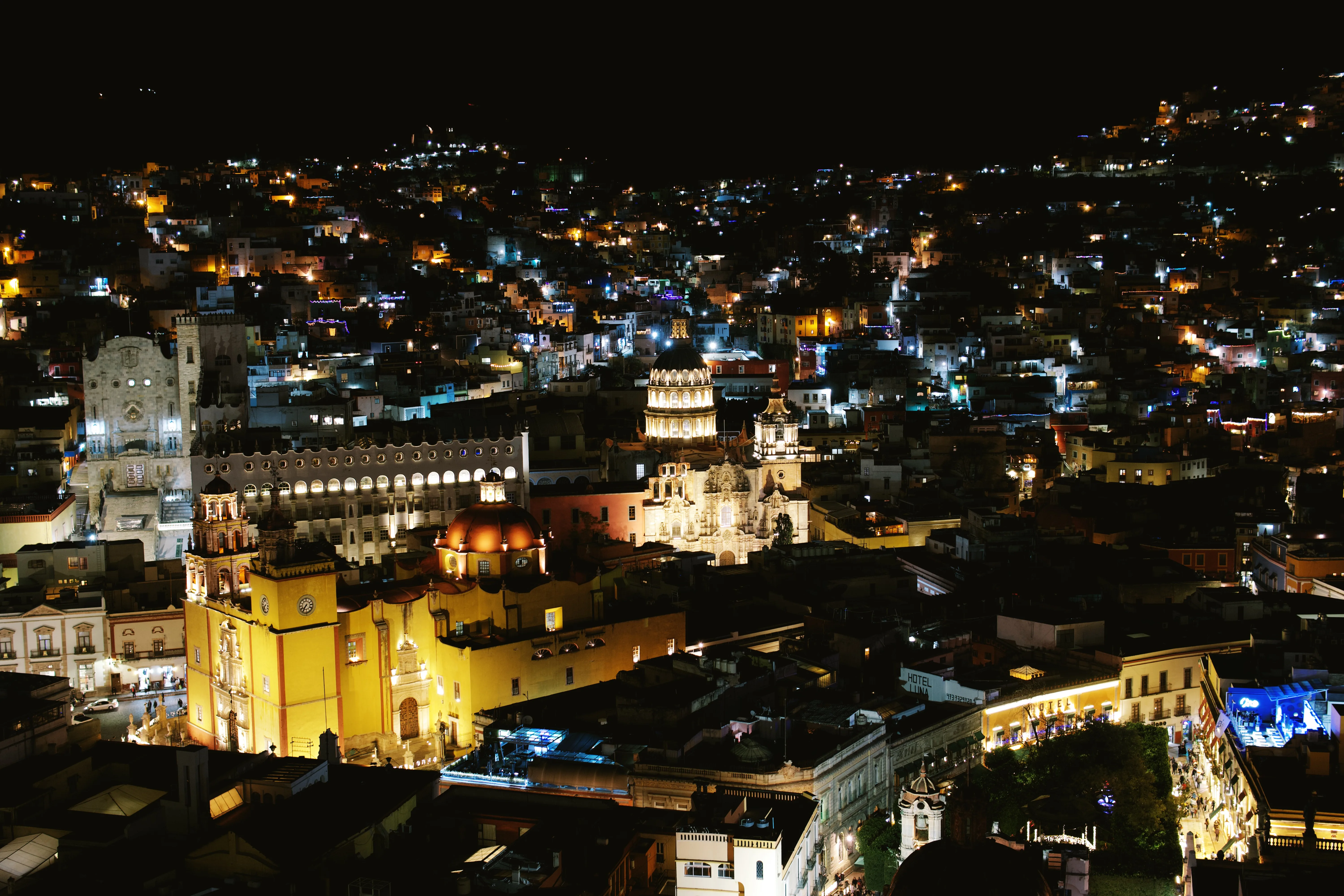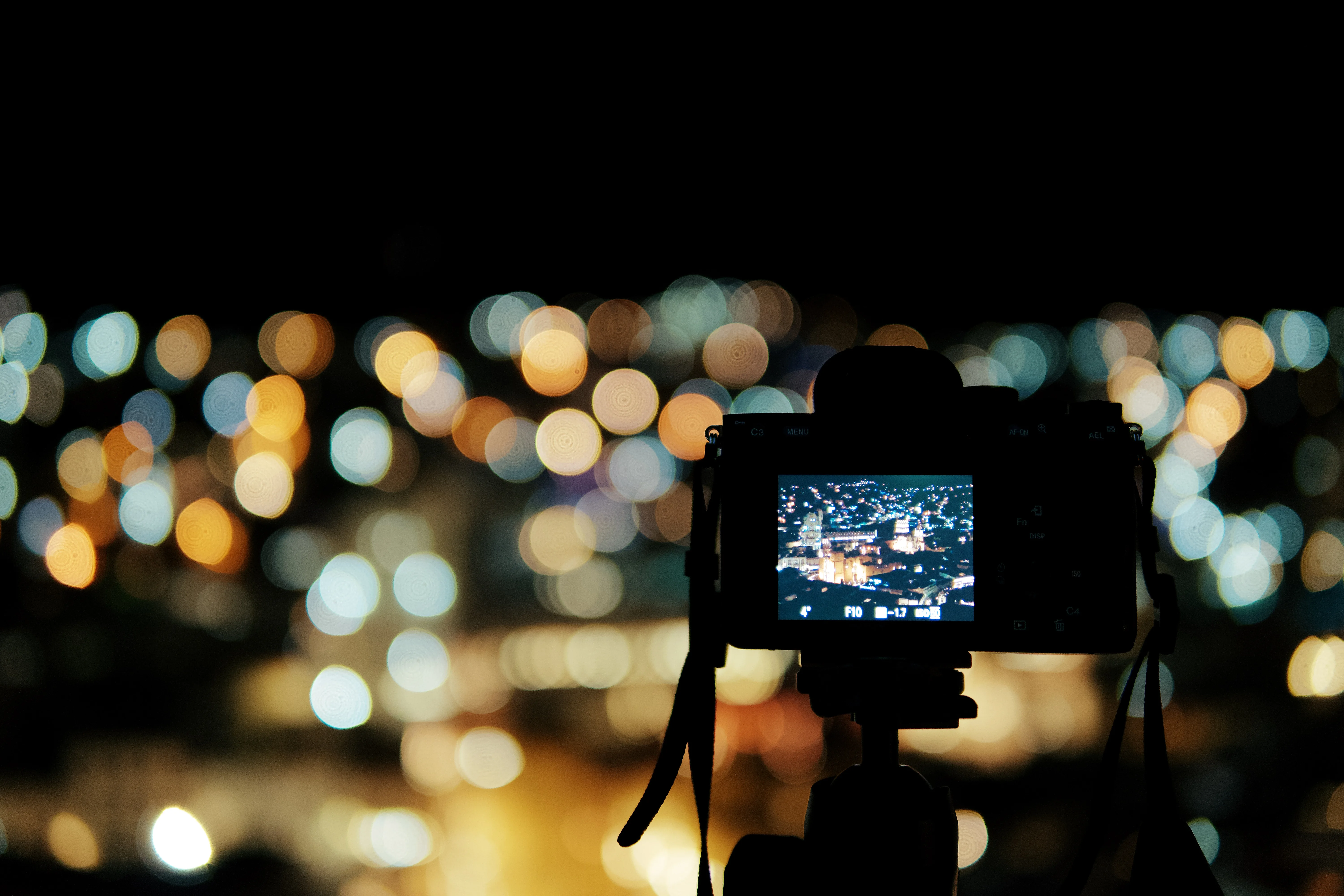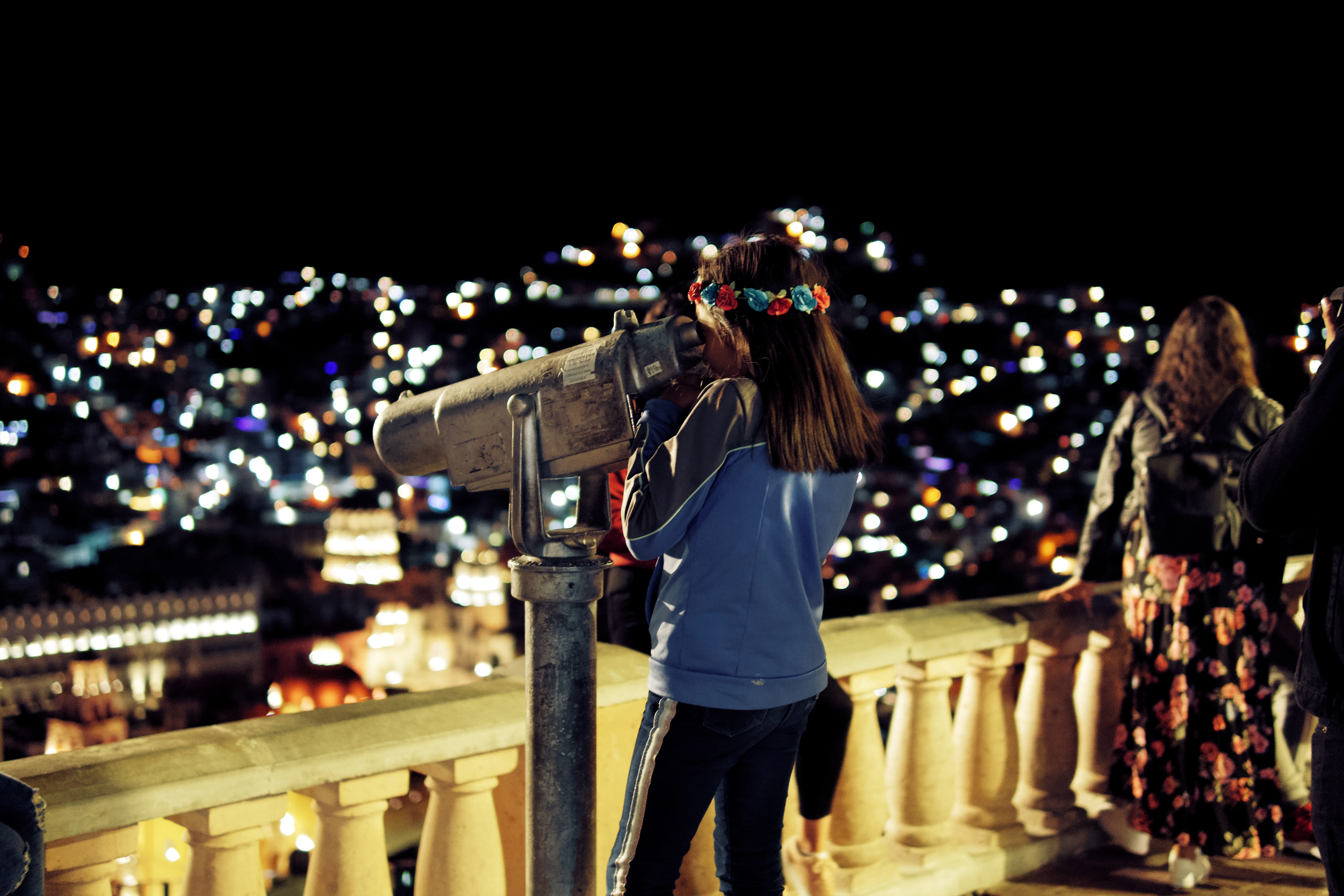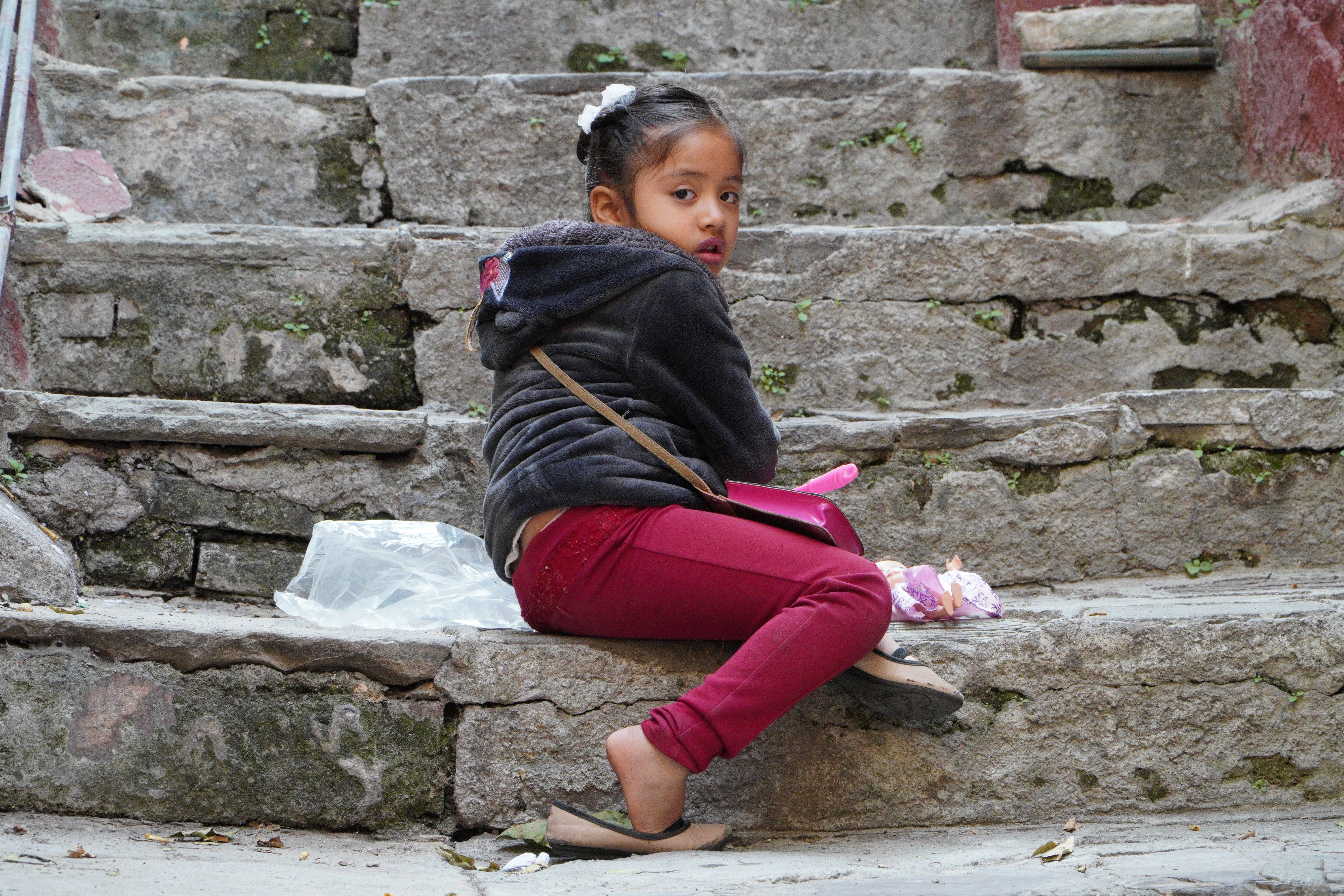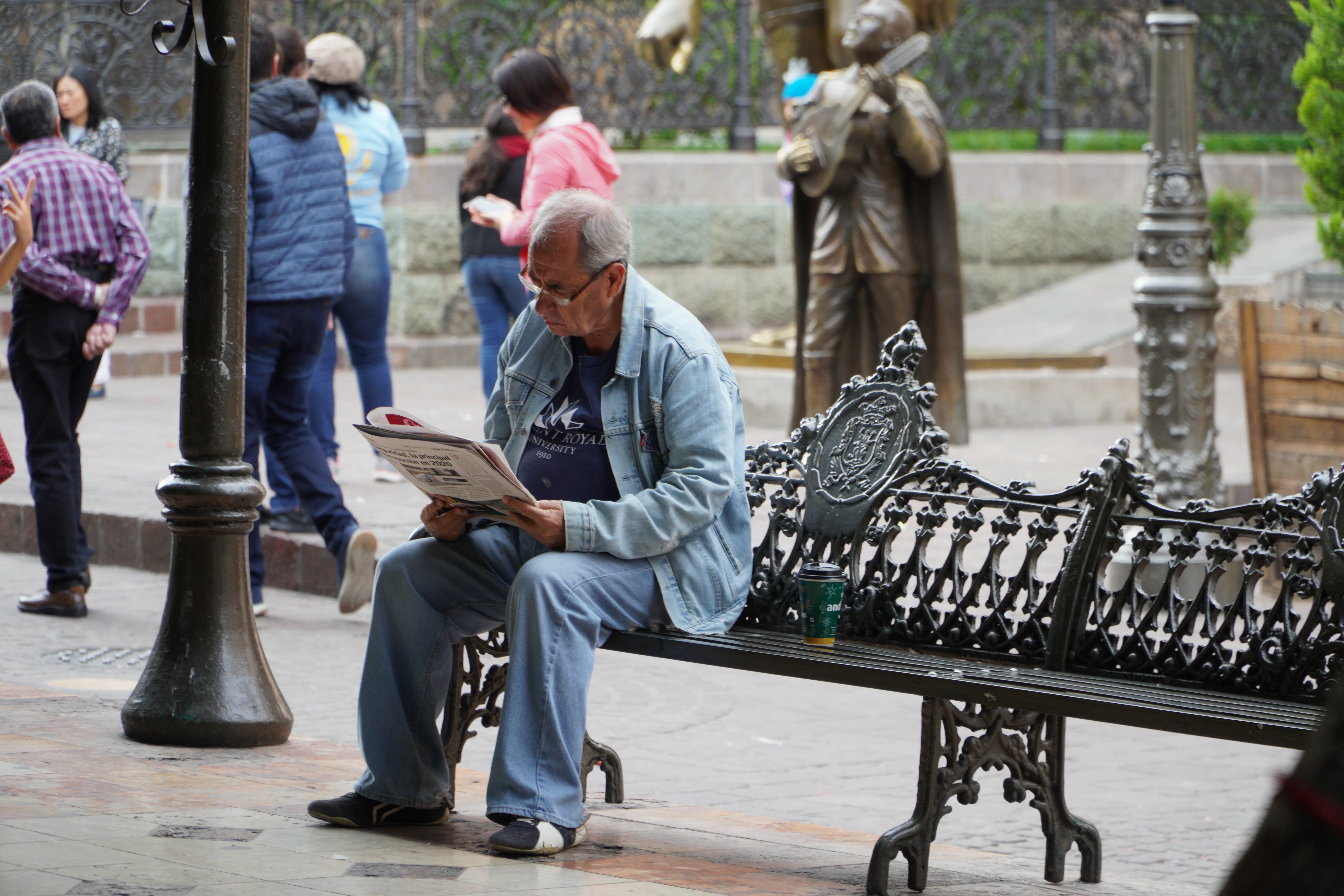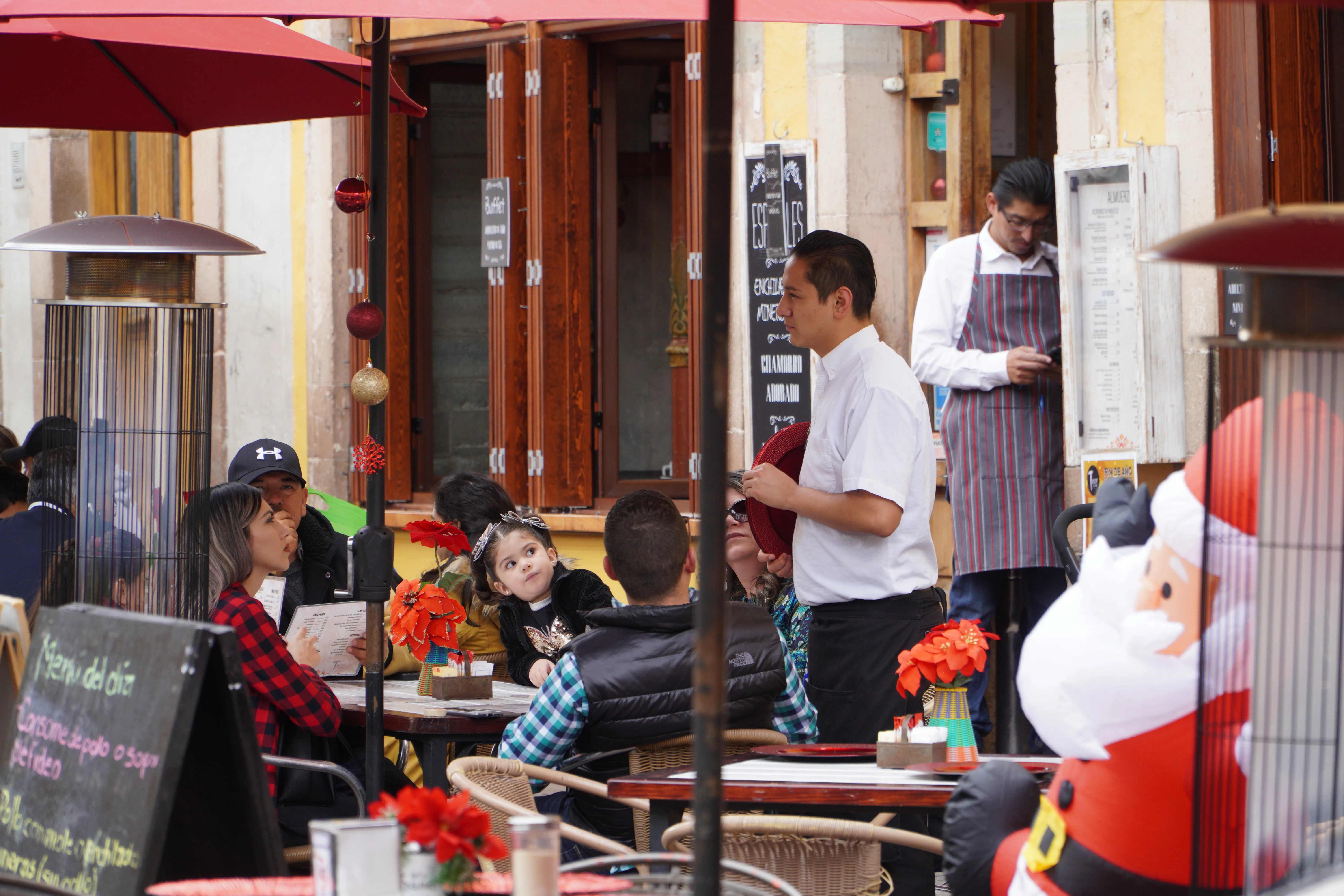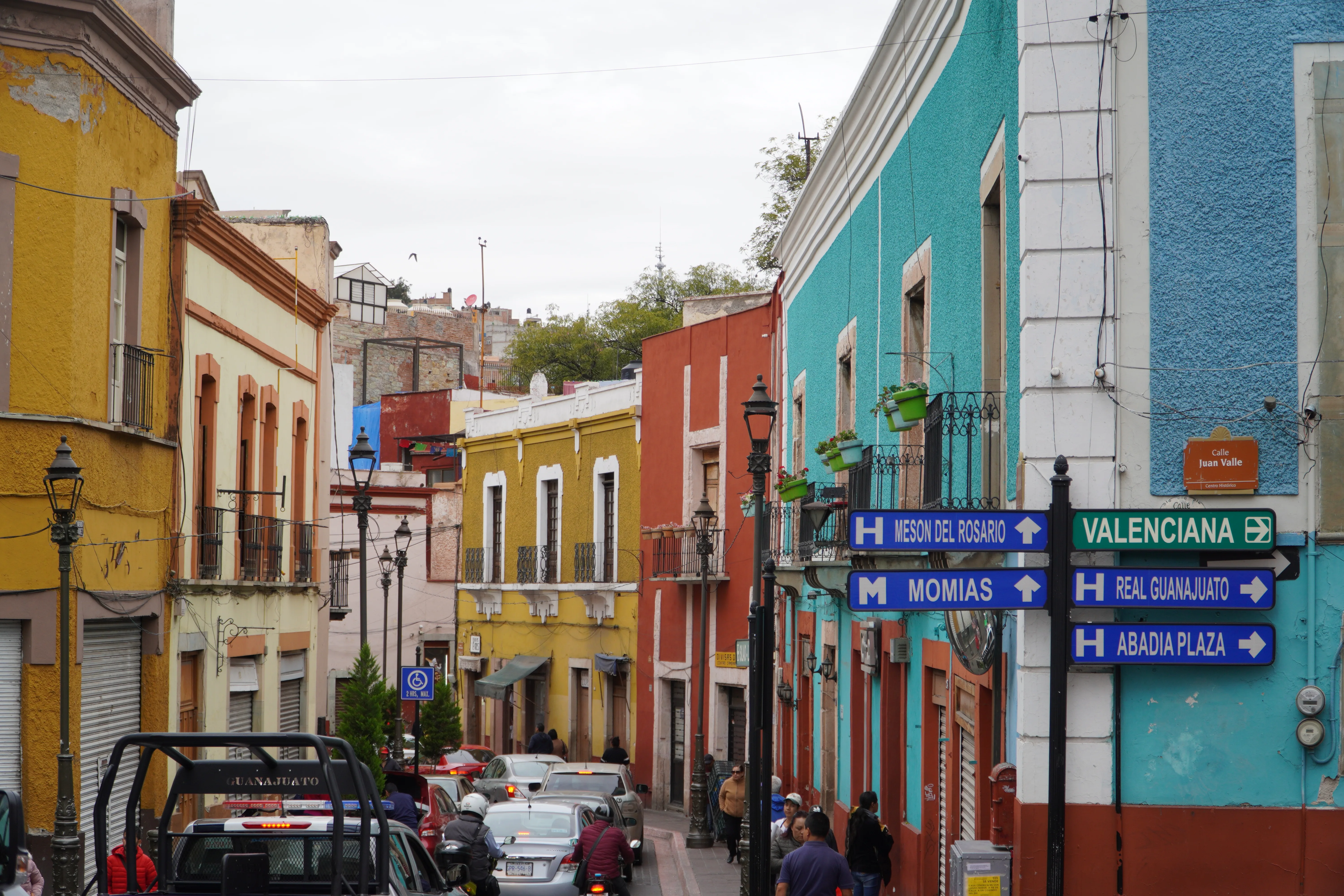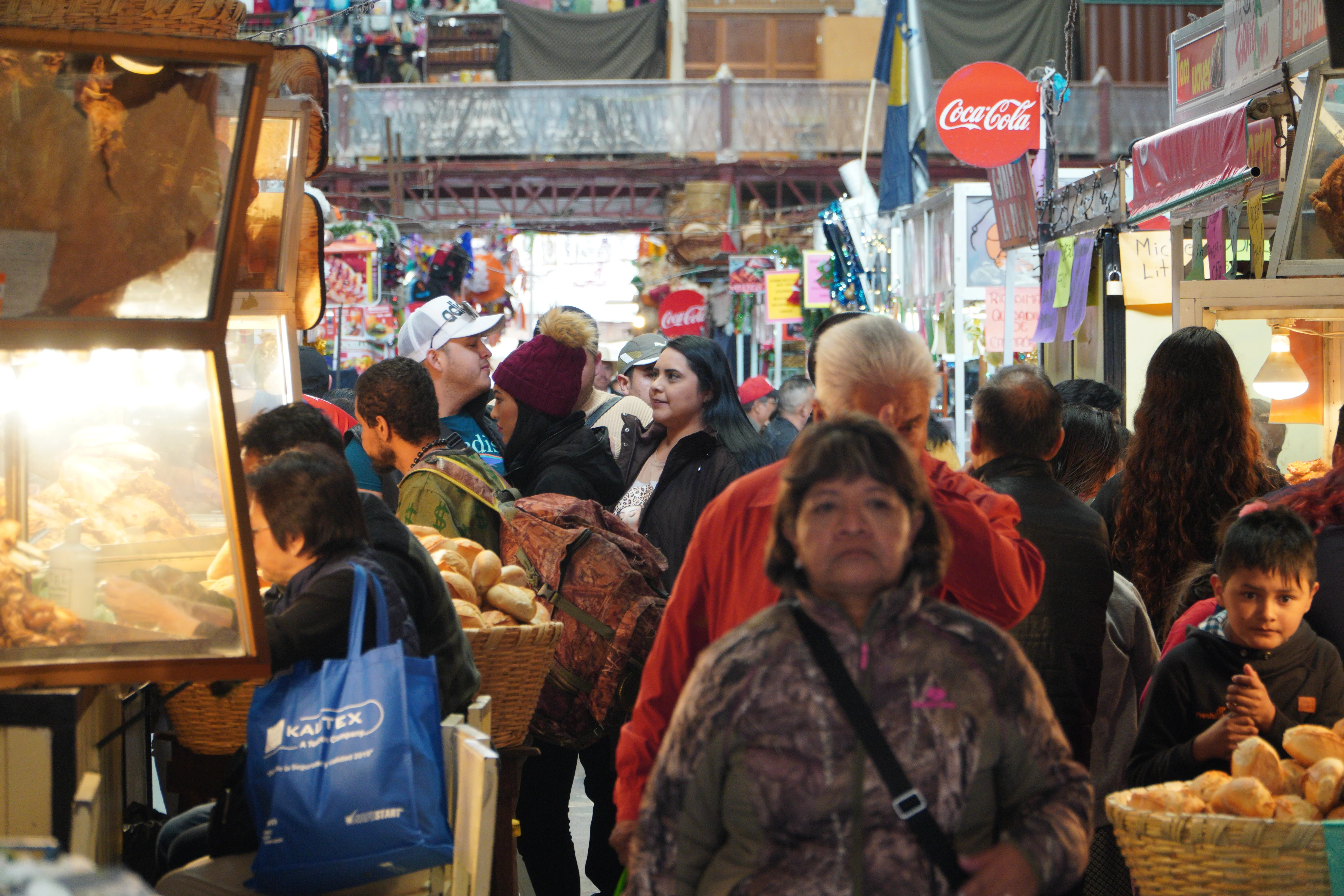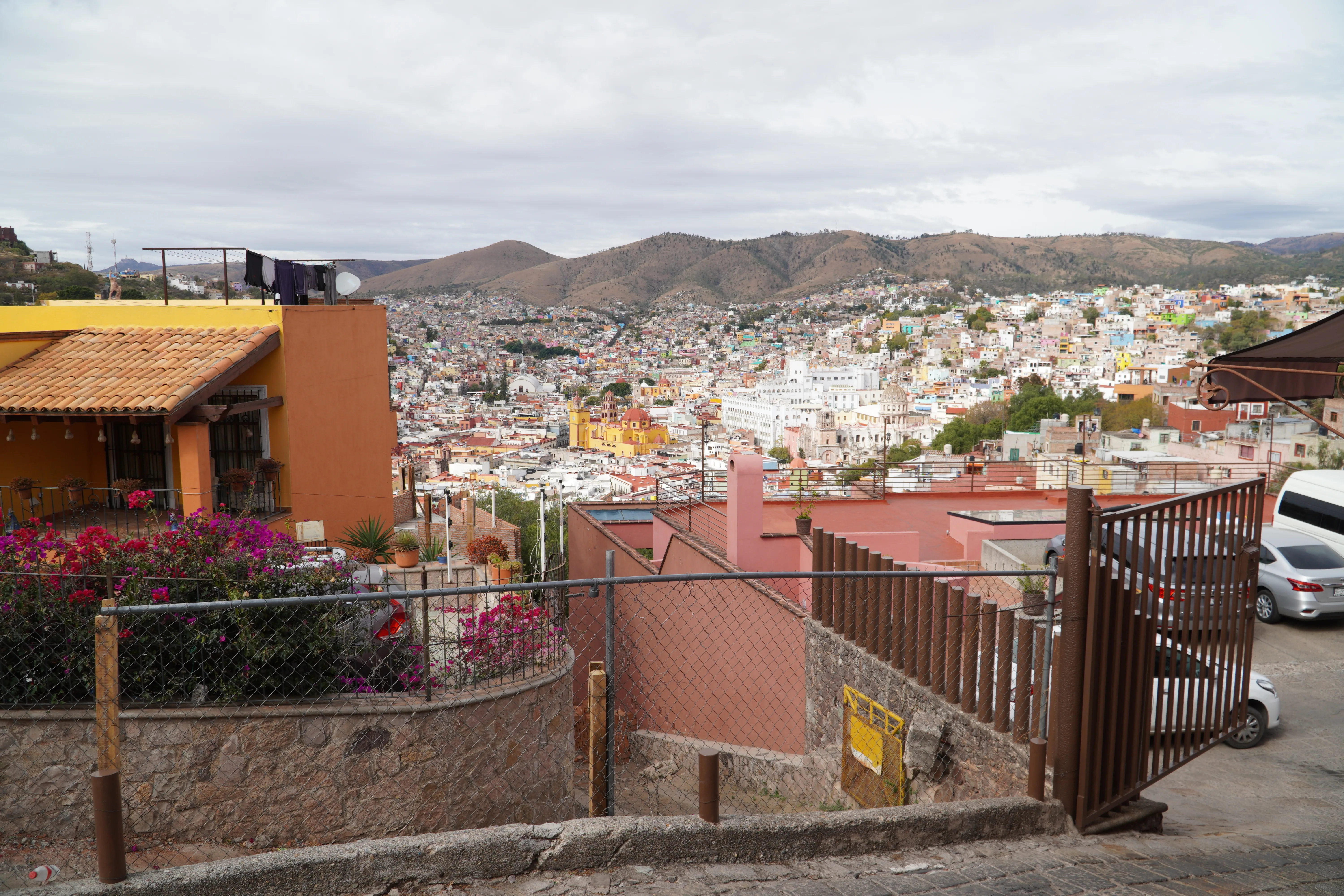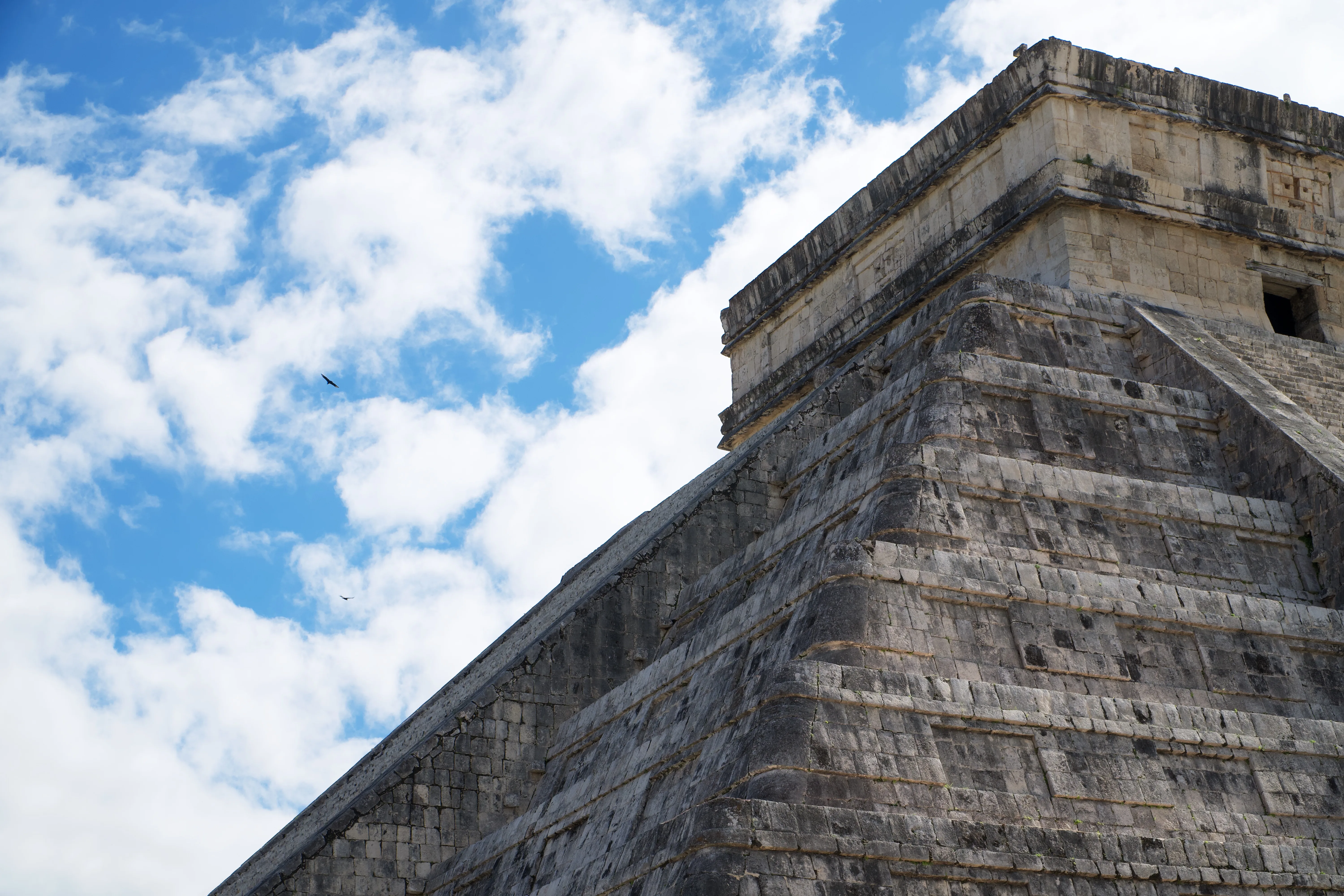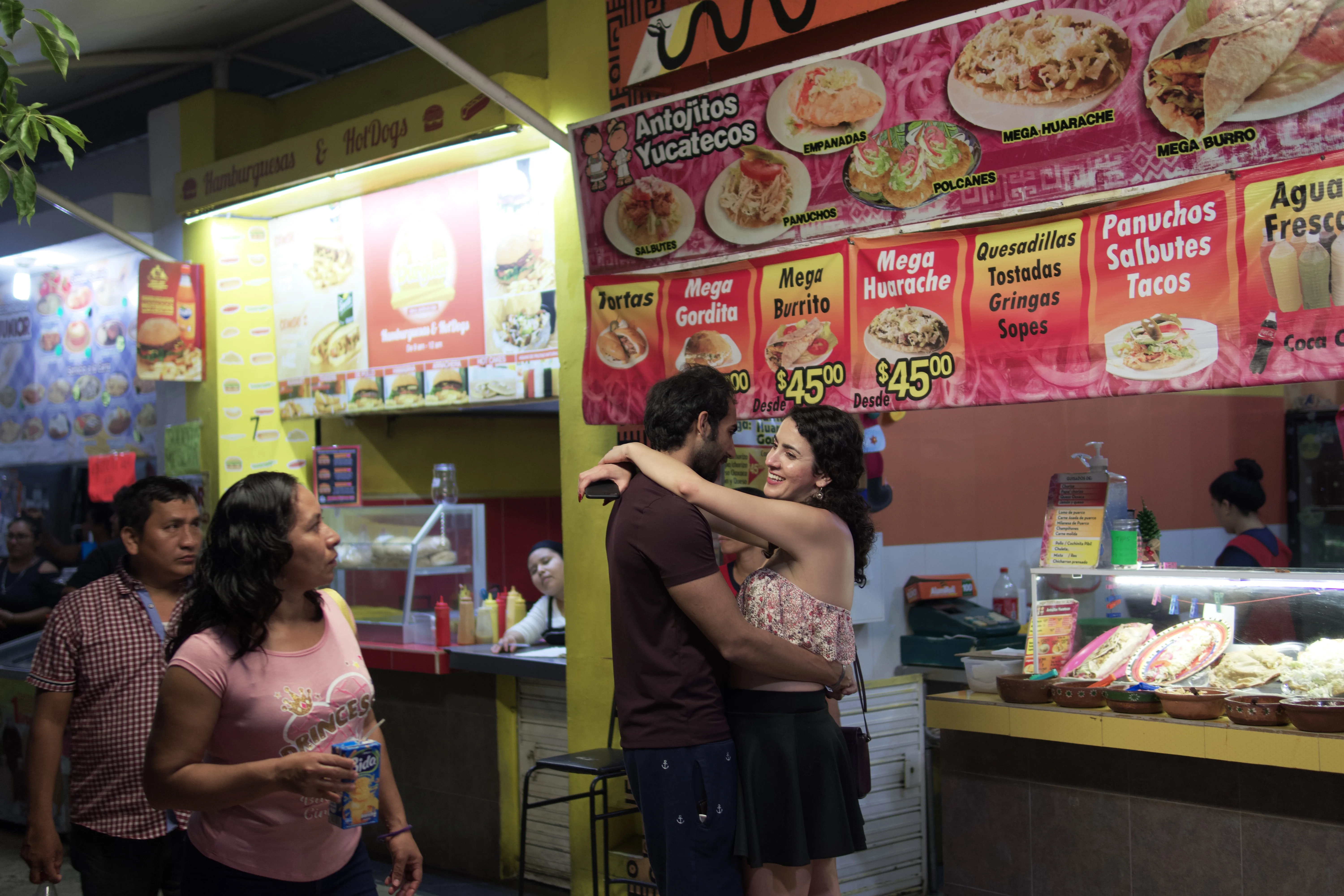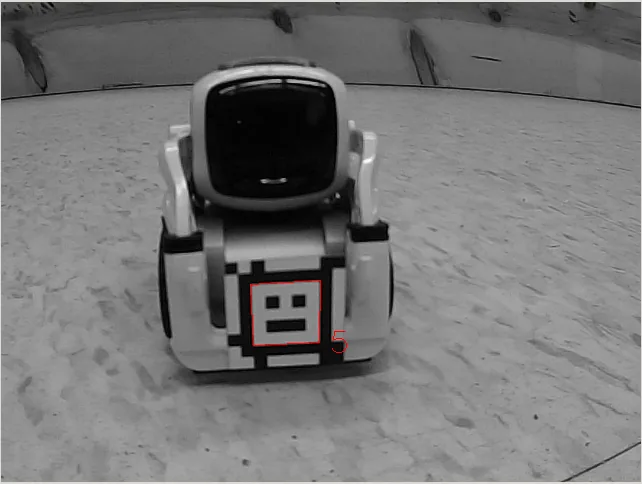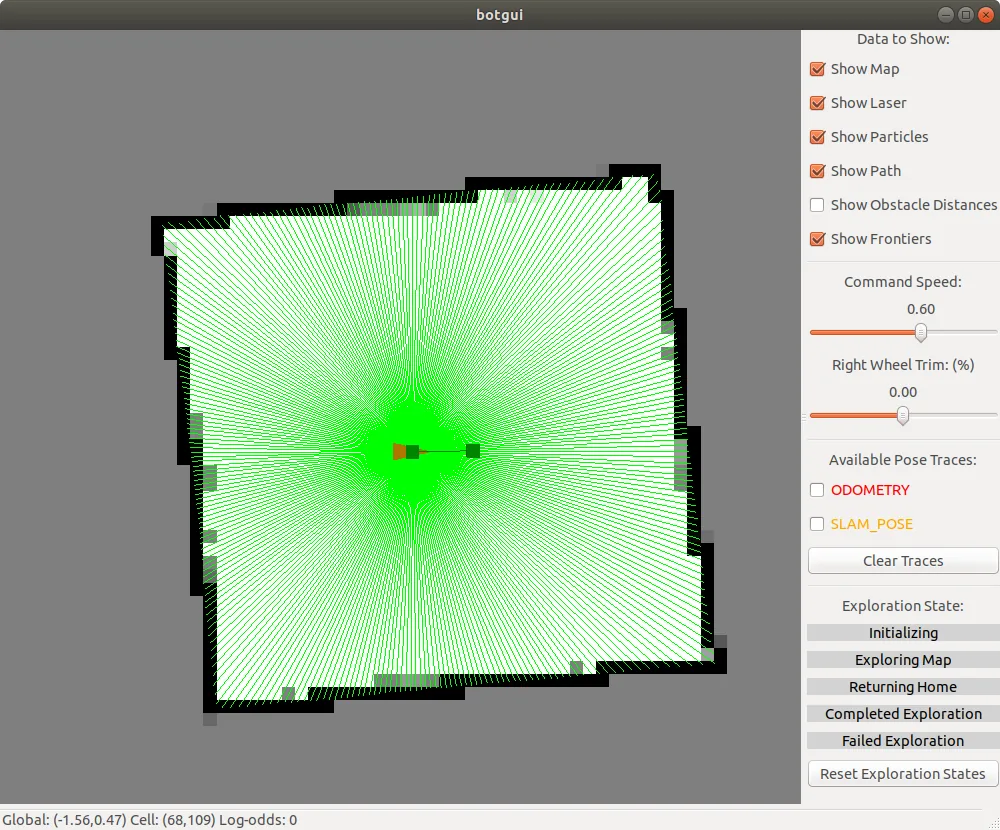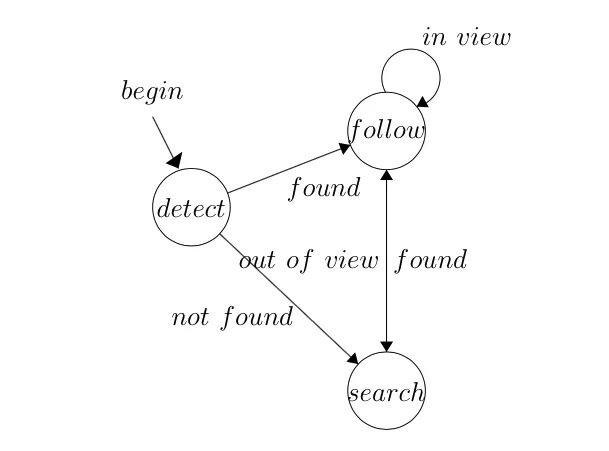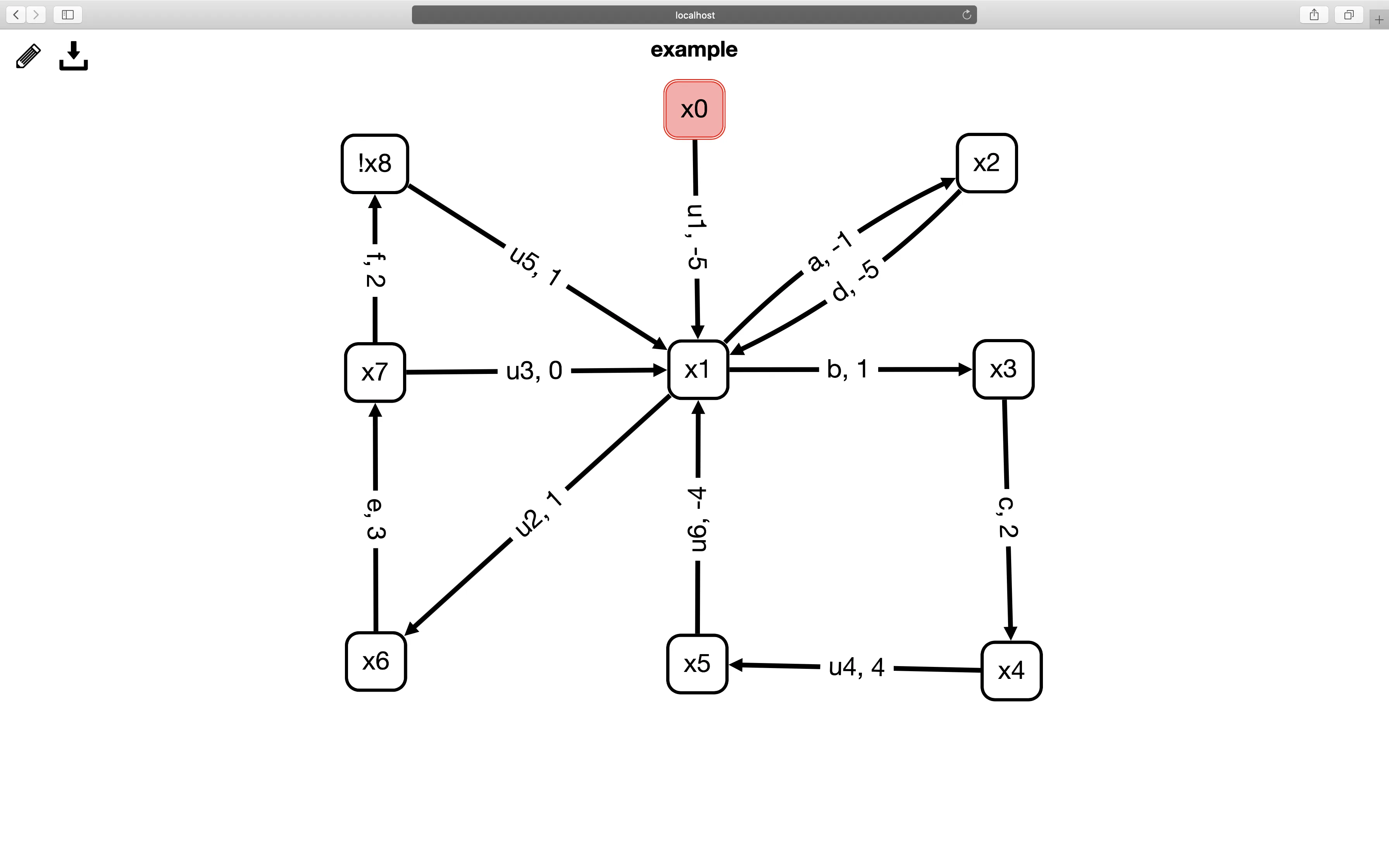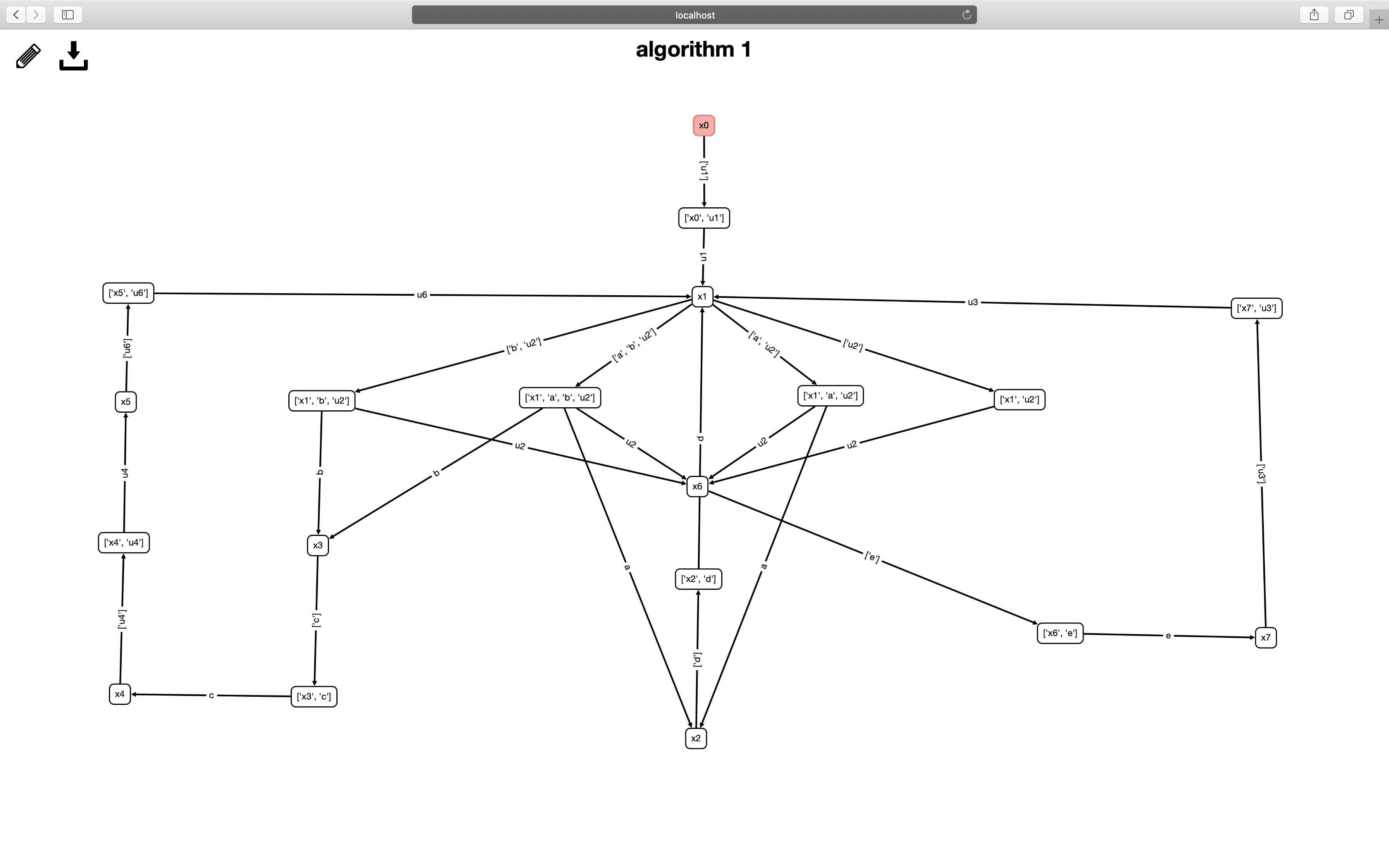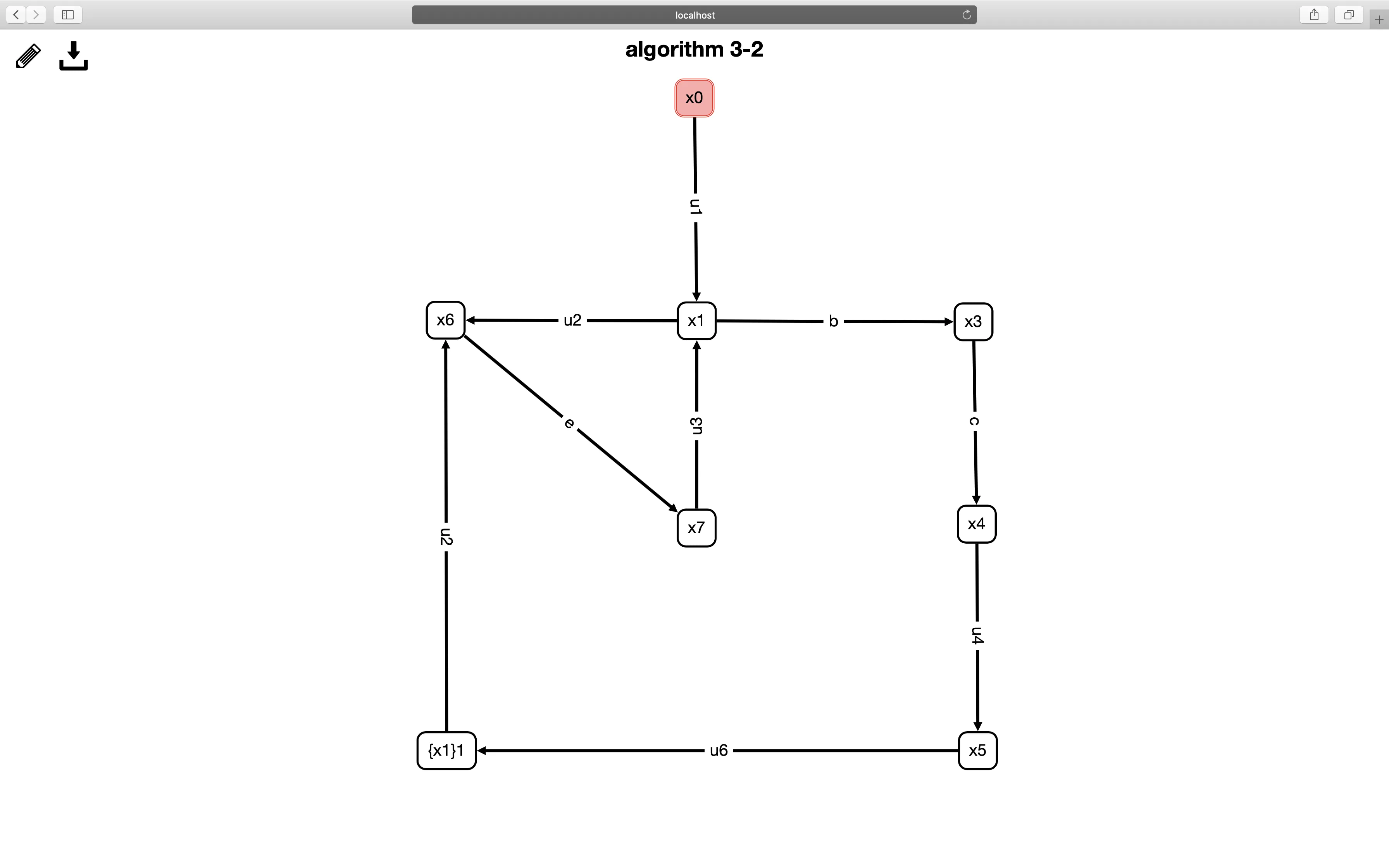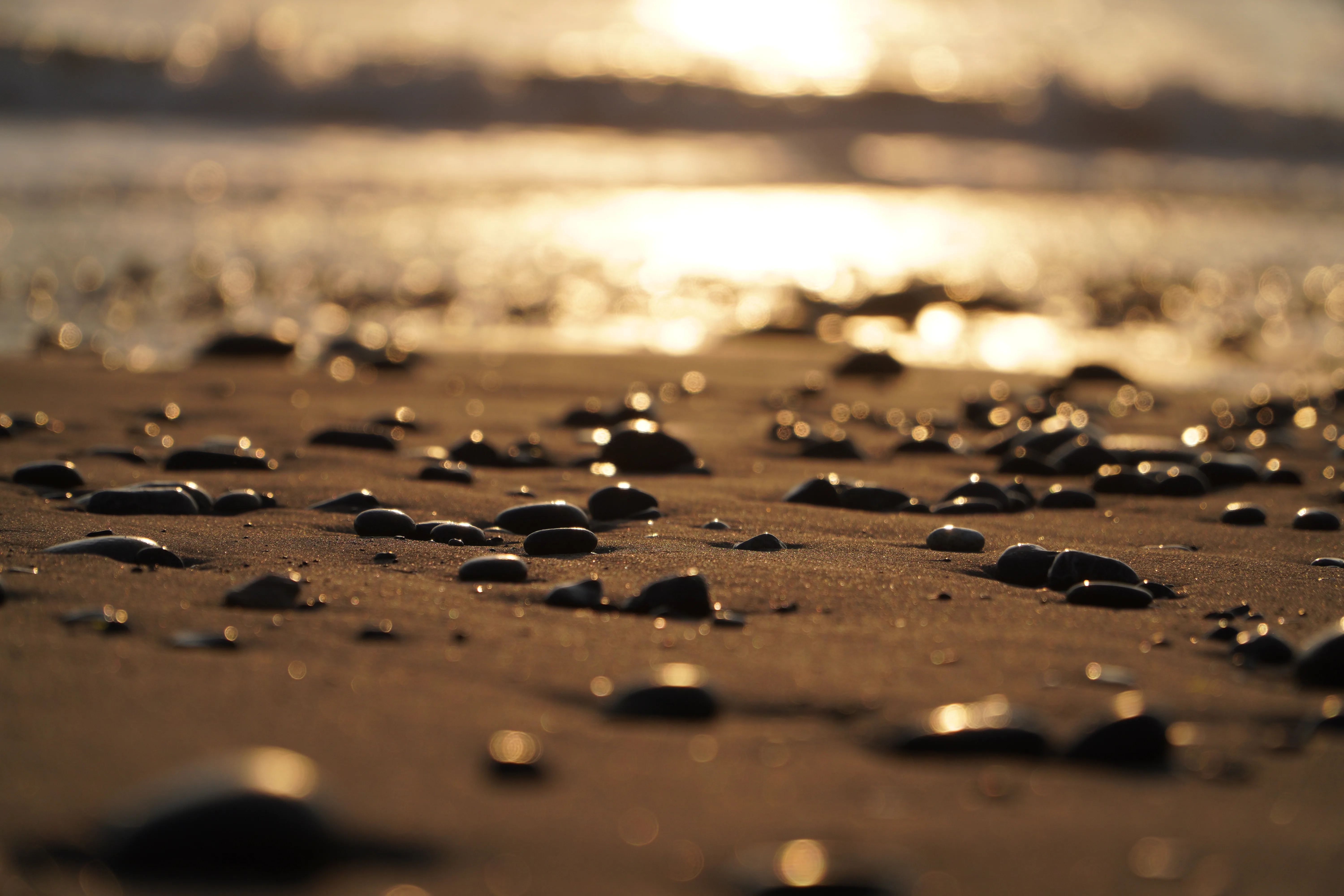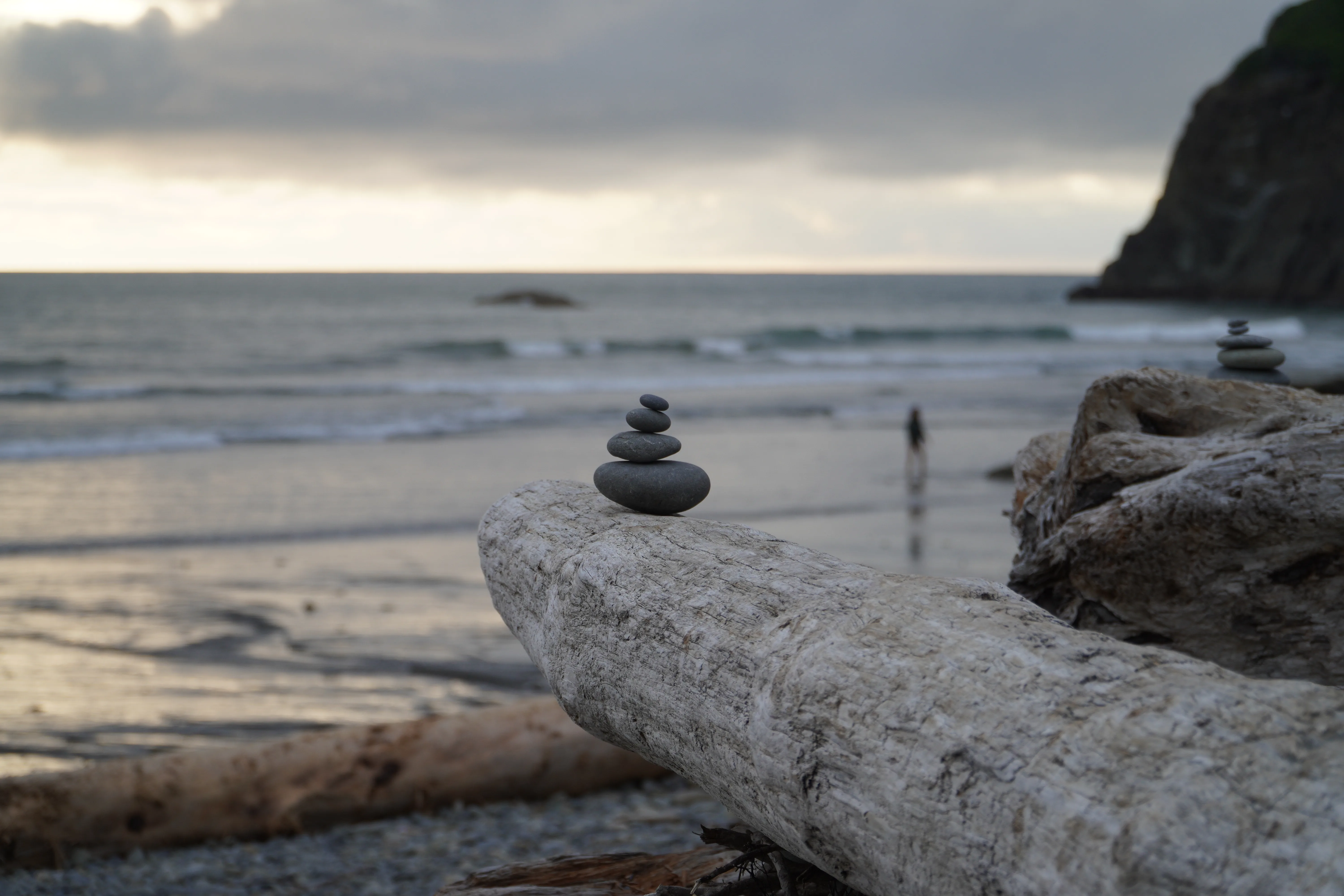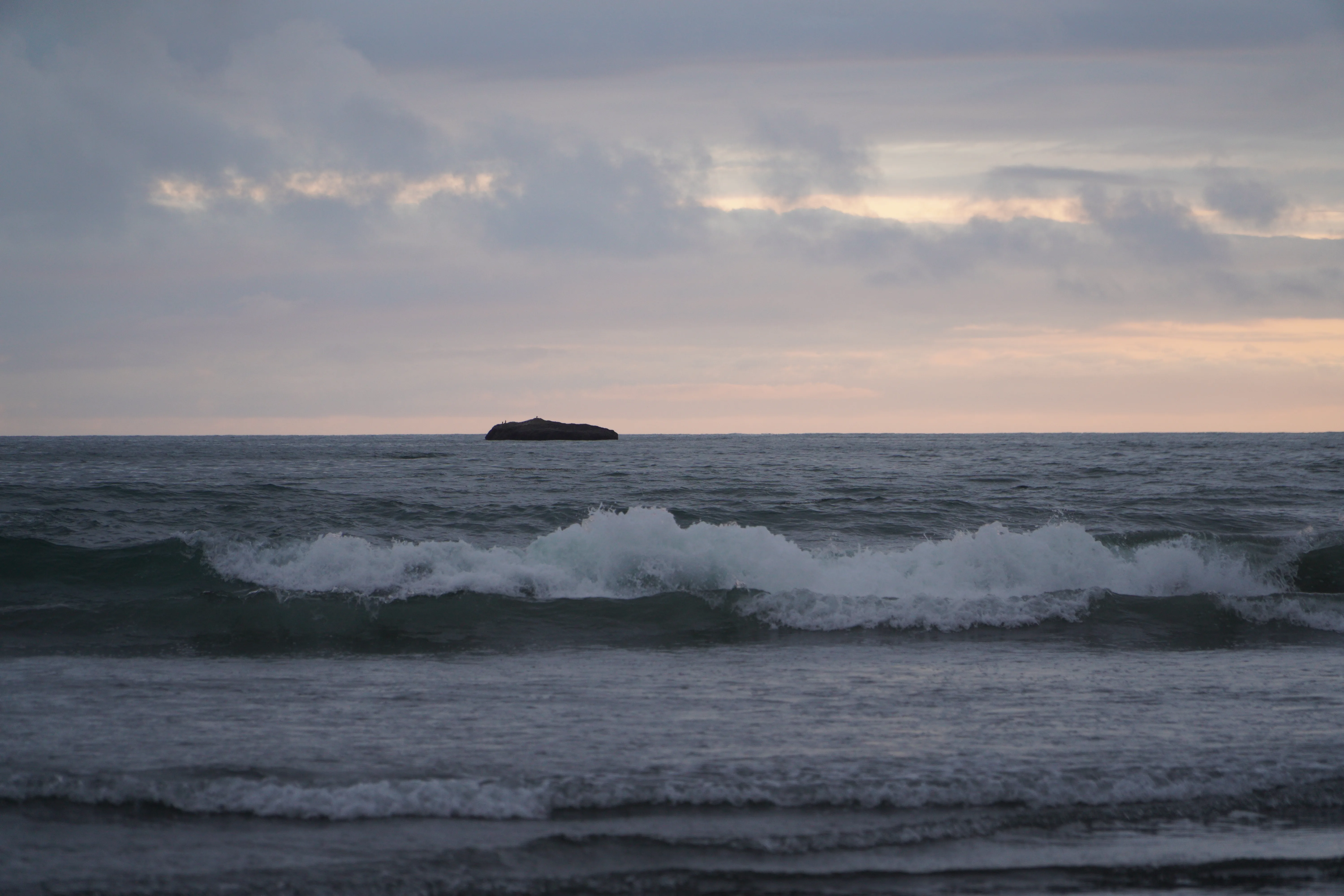1
2
3
4
5
6
7
8
9
10
11
12
13
14
15
16
17
18
19
20
21
22
23
24
25
26
27
28
29
30
31
32
33
34
35
36
37
38
39
40
41
42
43
44
45
46
47
48
49
50
51
52
53
54
55
56
57
58
59
60
61
62
63
64
65
66
67
68
69
70
71
72
73
74
75
76
77
78
79
80
81
82
83
84
85
86
87
88
89
90
91
92
93
94
95
| def StableWindow(Qy, Qz, fyz, fzy, w, N):
wgr = []
h = {}
h[0] = {}
for q in Qy + Qz:
h[0][str(q)] = 0
for i in range(1, N + 1):
h[i] = {}
for q in Qz:
ey = [[element[0], element[2]]
for element in fzy if element[1] == q and element[2] in Qy]
if len(ey) != 0:
ystates = []
for y in ey:
if str(y[1]) in h[i - 1].keys():
ystates.append(y)
if len(ystates) != 0:
h[i][str(q)] = min([w[t[0]] + h[i - 1][str(t[1])]
for t in ystates])
if h[i][str(q)] >= 0:
wgr.append(q)
for q in Qy:
ytz = [element[2]
for element in fyz if element[1] == q and element[2] in Qz]
if len(ytz) != 0:
zstates = []
for z in ytz:
if str(z) in h[i].keys():
zstates.append(z)
if len(zstates) != 0:
h[i][str(q)] = max([h[i][str(z)] for z in zstates])
if h[i][str(q)] >= 0:
wgr.append(q)
wg = []
[wg.append(q) for q in wgr if not q in wg]
return wg
def WinLocal(Qy, Qz, fyz, fzy, w, N):
wg = StableWindow(Qy, Qz, fyz, fzy, w, N)
wp = []
if len(wg) == len(Qy + Qz) or len(wg) == 0:
wp = wg
else:
Qyn = []
for y in Qy:
if y in wg:
Qyn.append(y)
Qzn = []
for z in Qz:
if z in wg:
Qzn.append(z)
wp = WinLocal(Qyn, Qzn, fyz, fzy, w, N)
return wp
def attraction(attr, s0, Q, f, wp):
if s0 in wp:
return True
else:
res = []
for i in f:
if i[1] == s0:
res.append(attraction(attr, i[2], Q, f, wp))
for i in res:
if i == False:
return False
attr.append(s0)
return True
def winRegion(Qy, Qz, fyz, fzy, w, N, y0, wl):
ws = []
n = 1
Qyw = [y for y in Qy]
Qzw = [z for z in Qz]
while len(ws) != len(Qy + Qz):
wp = WinLocal(Qyw, Qzw, fyz, fzy, w, N)
wl += wp
if len(wp) == 0:
break
attrr = []
_ = attraction(attrr, y0, Qy + Qz, fzy + fyz, wp)
for p in wp + attrr:
if p not in ws:
ws.append(p)
for y in Qyw:
if y in ws:
Qyw.remove(y)
for z in Qzw:
if z in ws:
Qzw.remove(z)
n += 1
return ws
|
